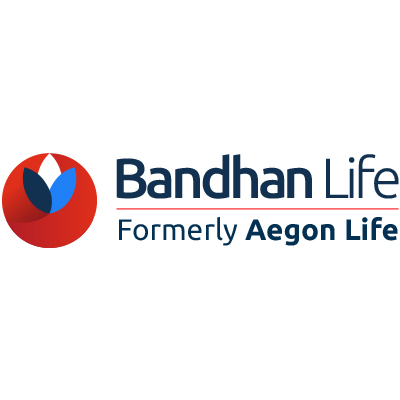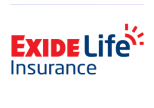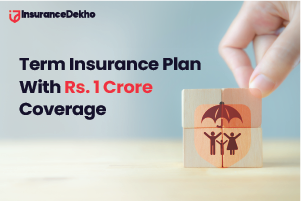7 Things You Should Know Before Purchasing Life Insurance
Table of Contents
Purchasing a life insurance policy for yourself is really a task. It is not an easy buy. The first step is to make sure you have some basic understanding of life insurance. Different life insurance policies offer different benefits. To meet disparate customer needs, insurance companies offer add-ons to basic life insurance covers. The add-ons are called riders to the basic policies. The riders are for critical illnesses like a heart attack, death by accident & for income benefits on disability.

Things To Keep In Mind Before Purchasing A Life Insurance Policy
The first 7 things you need to consider are:
-
Assess your insurance needs
Consult an insurance agent who can give you information on life insurance products as well as someone who can help you in evaluating your insurance needs. The assessment exercise should ensure the amount of life insurance cover you buy will provide the much-needed financial protection to your family after your death.
-
Compare insurance policies
The two basic types of life insurance are term insurance and savings-cum-protection insurance. Term insurance provides indemnity against events that would otherwise be financially distressing. Term insurance is cheap – a large insurance cover can be had for a smaller premium.
There is no payment made by the insurance company if the insured survives the policy period. In contrast, savings-cum-protection insurance gives you a maturity benefit which is equal to the sum insured plus bonus additions. Term insurance is only for financial protection of your dependents against an unforeseen event where you do not receive any personal benefit. Your choice should depend on your needs, both immediate and future.
-
Choose A Cover That You Can Afford
After assessing your life insurance needs, determine how much it will cost you in terms of annual premiums. Before purchasing a life insurance policy, check if you can afford to pay premiums for the entire policy term. If your insurance needs are larger, it wouldn’t make sense to go for a savings-cum-protection plan. A term insurance policy will suit you as it is cheaper and you will be able to afford the premium. The first goal of insurance should be protection. You could go in for a savings-cum-protection plan subsequently if you think it’s possible for you to pay high premiums regularly.
-
Evaluate The Future Of Your Insurance Policy
Take the help of your insurance agent to understand the finer points of your policies. Exclusions – events that are not covered by your insurance policy – are critical. Know them before you buy the insurance policy rather than leaving you and your dependents in shock when the moment of truth strikes.
-
Check The Claim Settlement History Of The Insurance Company
You buy an insurance policy so that in the event of a future need, your insurance company pays the promised benefit or benefits. Just as the insurance company verifies your insurability, check the claims payment ratio of the insurance company. It does not take much to do research online on the claims history of an insurance company. The IRDA also provides claims related information on its website. The insurance company may have rejected some claims but you need to check the reasons behind the decisions. Insurance companies cannot and will not pay if a claim is a fraudulent one or is not payable for some other reason. Knowing how much insurance protection to buy and from whom is not enough. It is essential that you do it when you are young so that you can be adequately insured.
-
Revival Period
A lapse means a life insurance policy is no longer an active contract. An insurance policy will lapse when premium payments are not made on time and the grace period has also been crossed. However, insurance companies provide an option to reactivate the lapsed policy, within a specific period of time post the grace period by paying the unpaid premium and a certain amount of interest on the unpaid amount. This is the revival period. The period is currently two years, and policy holders must be aware of any changes made in regulations related to it.
-
Add-Ons Riders
Add-on rider is an attachment, amendment, or endorsement made in a life insurance policy that gives the policyholder supplementary coverage. Riders strengthen an insurance policy by providing multiple additional benefits, apart from the core offering of a death benefit.
Supplementary coverage differs for all policies and you must ensure availability of additional coverage along with the policy to protect the future of your family. Some of the most common riders are accidental death benefit rider, accidental disability benefit rider, critical illness benefit rider, waiver of premium rider, income benefit rider, etc.
Conclusion
When purchasing a life insurance policy, it is important to fully understand all the terms and conditions related to the policy. You can also seek the help of an advisor who can guide you and point out all the important metrics that demand your attention. Simply by being a little judicious and paying attention to detail, you can ensure your family’s financial security.









































